Non-nuclear submarines Agosta 90B. French project for Pakistani fleet
Contract and Corruption
At the end of the seventies, Pakistan and France signed a contract for the supply of two French diesel-electric submarines of the Agosta-70 type. These boats were originally built for South Africa, but UN sanctions were not allowed to transfer them to the customer. Pakistan showed interest in ships already built, and soon they became part of its naval forces. So began the cooperation of Islamabad and Paris in the field of submarine construction.
In 1992, new bilateral negotiations were launched, the purpose of which was to acquire several more submarines for the Pakistani Navy. In September, 1994-th contract was signed on the joint production of three submarines of the new project Agosta 90B. In accordance with the agreement, the head of the series submarine was to build France. It was also required to transfer technology and documentation to Pakistan for the construction of two more, and to help with the delivery of part of the units. The contract value has almost reached 1 billion US dollars.
A few years after the signing of the contract scandal erupted. It turned out that the French side, through the relevant organizations and officials, lobbied for the project “Agosta” and solved such tasks by not entirely legal means. Part of the funds paid for the three submarines, went to the accounts of various persons in Pakistan and France. In the foreign press, this story is called "The Case of Karachi". Some echoes of that situation took place two decades after the signing of the submarine contract.
Building
In accordance with the Pak-French contract, the construction of the first submarine was assigned to DCNS (now Naval Group), namely the DCN Cherbourg plant. The heading of the Agosta 90B submarine for Pakistan took place on July 15 1995 of the year. Subsequently, after being taken into service in the Pakistan Navy, the ship was given the name PNS Khalid (S-137).
Construction continued until December 1998. A few more months went into sea trials, and on September 6, Pakistan’s naval forces signed the acceptance certificate on September 1999. In December, a flag was raised on the sub, and she began her service.
The second submarine of the series, PNS Saad (S-138), was to be built together. In Cherbourg, a part of hull units and other products intended for shipment to Karachi were manufactured. Pakistani Karachi Shipyard and Engineering Works Ltd. completed the final assembly of the boat. The laying of the boat “Saad” took place in June 1998 of the year, the launching - in August of 2002. It was handed over to the customer at the very end of 2003.
1 March 1997, the third submarine PNS Hamza (S-139) was laid in Karachi. Its construction was the task of Pakistani industry, although French specialists provided some assistance. Pakistan launched its first submarine of its own assembly only in summer 2006 of the year. The tests ended in the fall of 2008. Soon the Pakistani Navy began its operation.
With the delivery of the third submarine construction of the serial Agosta 90B completed. Pakistan was the first and last customer of such submarines. Other orders have not been received and, apparently, will never appear.
It should be noted that the three submarines of the Agosta 90B type differed in their design, primarily in the type of power plant. The first two ships received only diesel-electric systems, and the third was immediately equipped with a combined installation with diesel engines and a VNEU. In 2011, Khalid and Saad underwent modernization, during which parts of diesel-electric units were lost - VNEU was placed instead.
In 2018, the Pakistan Navy signed a contract to upgrade the first two Agosta 90B submarines. It provides for the replacement of parts of electronic equipment and weapons in order to improve the basic characteristics. The contract for the work was awarded to the Turkish company STM. It is noteworthy that the French shipbuilders from DCNS also participated in the tender, but lost.
Currently Khalid and Saad submarines are in Turkey. The service is carried only by the third representative of the series, Hamza. In 2020-21, two repaired and upgraded submarines will be returned to Pakistan. Probably, after this, the third “Agosta-90B” will be upgraded.
Design features
The Agosta 90B project was created on the basis of the previous Agosta-70 by processing it using modern materials and technologies. This allowed to save some of the solutions and thereby simplify construction. At the same time, new components and technologies provided a significant increase in tactical and technical characteristics.
The Agosta 90B boats have a double-hulled construction with the division of a robust hull into compartments. The total length of the ship is 76 m, width is 6,8 m. The displacement in the surface position is 1595 t, in the underwater position 2083 t.
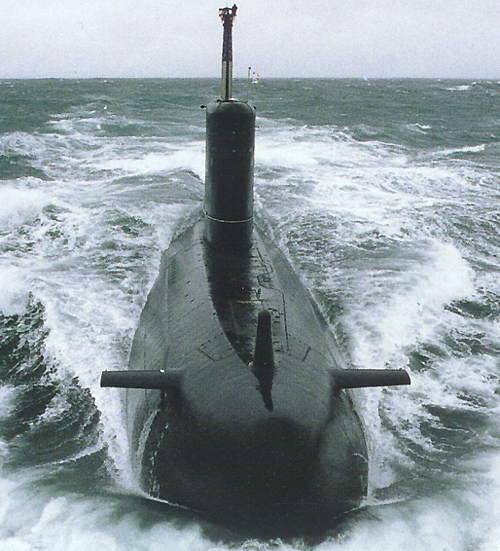
Ship at sea. Photo Naval-technology.com
Now three Pakistani submarines have a combined power plant, including diesels and air-independent engines. DAI includes a pair of SEMT-Pielstick 16 PA4 V 185 VG engines with a total horsepower 3600. and a running electric motor from Jeumont Schneider with an 3400 horsepower, associated with a single propeller, as well as 160 batteries. Prior to the installation of the VNEU, two submarines of the series carried an increased number of batteries. For their placement, the volumes initially allocated under the VNEU were used.
After upgrading 2011, all ships have an additional MESMA type VNEU (Module d'Energie Sous-Marine Autonome - “Autonomous power installation of the submarine”). This product is a joint development of several French companies. Interestingly, when creating individual components of the VNEU, groundwork on rocket and space topics was used.
The MESMA system is built using a combustion chamber into which ethanol and liquefied oxygen are fed. Gas-vapor mixture from the combustion chamber enters the steam generator. Water vapor from the latter goes to the turbine with a rated power of more than 200 kW. The exhaust steam is condensed and returned to the steam generator. Exhaust from the combustion chamber with high temperature and pressure can be thrown overboard. Electric power from the turbine and the generator enters the batteries or on the chassis engine.
According to the developers, the MESMA product has an efficiency of at least 20% and has minimal fuel consumption. In promotional materials, such a facility is compared with a nuclear reactor - they are distinguished only by the heat source for the operation of the mechanisms.
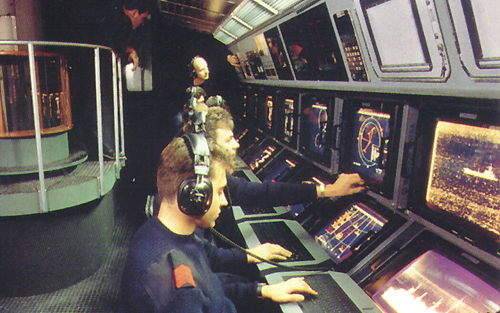
The central post of the ship. Photo Naval-technology.com
On the surface, non-nuclear submarines of the Agosta 90B type can reach speeds of 12 nodes. Submerged speed exceeds 20 nodes. The economic speed in 9 units when using diesel engines provides a range of up to 10 thousand nautical miles. When using VNEU underwater speed is limited 3-4 nodes. The range is 1500 miles, the duration of scuba diving is at least 18 days. Thus, according to the stated driving characteristics, the French submarines are among the best in the world.
The main means of monitoring the situation at the Agosta 90B is Thales TSM 223 hydroacoustic complex French production. The stern is placed flexible towed antenna. The use of an optical periscope and a radar station is also envisaged. As part of the current modernization, a part of this equipment is being replaced. In particular, now two submarines will carry the Kelvin Hughes SharpEye radar and the Airbus OMS 200 full-fledged optic-electronic equipment on a telescopic mast, designed to complement the standard periscope.
The main armament of the boats Agosta 90B - four bow torpedo tubes caliber 533 mm. With their help, modern torpedo armament of foreign production is used. Also, the devices are the launchers for anti-ship missiles SM-29 Exoset. Total ammunition in the nose compartment - up to 20 missiles or torpedoes. It is possible to use sea mines, up to 28 units. According to various sources, work is currently underway to adapt the Babur-III cruise missiles for use on Agosta submarines. So, in 2017, a test launch of such a rocket was reported from an unnamed underwater platform.
The collection and processing of data, as well as the management of all onboard systems is carried out by the UDS SUBTICS Mk 2 complex. Much of the control and management tasks are assigned to automation, which has reduced the load on the crew, as well as reduced its size. The crew includes a 36 man, including 7 officers. For comparison, Agosta-70 type diesel-electric submarines were demanded by a crew of 54 people. The autonomy of the food reserves for the crew - 90 day.
Regional strength
Currently in the lists of the Pakistani Navy there are two old diesel-electric submarines of the Agosta-70 type and three relatively new Agosta 90B submarines. Together they are not the most numerous, but powerful enough Pakistani submarine forces. They are sufficient to protect the maritime borders of the country from the attack of surface ships or submarines, and in addition, they themselves can carry out strikes at enemy targets at considerable distances from the bases.
The most important feature of the French project, implemented with the participation of Pakistani shipbuilders, is the use of a combined power plant with an air-independent part. This dramatically increases the real technical and combat characteristics. Depending on the current conditions and features of the operation, the non-nuclear submarine of the Agosta 90B type is quite capable of becoming a serious competitor and rival even for the enemy's submarines.
Subs "Agosta-90B" were laid and built from the mid-nineties, because of what they can not be called fully modern. The declared composition of weapons can lead to doubts regarding combat effectiveness. Nevertheless, it is necessary to take into account not only the characteristics of the Pakistan Navy submarines, but also the capabilities of neighboring countries. The fleets of other states of the region, including the main strategic enemy in India, cannot claim to be the world leader. As a result, the requirements for Pakistani submarines are reduced in a known manner.
If we take into account the current level of development of the fleets in the region, the PNS Khalid (S-137), PNS Saad (S-138) and PNS Hamza (S-139) submarines prove to be a very serious force capable of solving the assigned tasks. However, the real capabilities of the submarine forces of Pakistan are still seriously limited. Before the 2020-21, two of the three existing boats will undergo repairs, which leaves only one modern ship in the formation, complete with two obsolete ones.
In a few years, Pakistan will restore its submarine forces, and two of the five submarines will have the latest on-board equipment, which in a certain way will affect their combat potential. The countries of the region need to take this into account and prepare for a new threat. Pakistan cannot afford the large and powerful naval forces and acts according to their existing capabilities. And even in such a situation, his submarines could threaten a potential opponent. However, the real effectiveness of submarine forces in general and non-nuclear Agosta 90B boats, in particular, may depend on a number of factors and seriously differ from the expected ones.
On the materials of the sites:
https://naval-technology.com/
https://navyrecognition.com/
https://globalsecurity.org/
http://hisutton.com/
https://thediplomat.com/
http://ng.ru/
https://naval-group.com/
https://stm.com.tr/
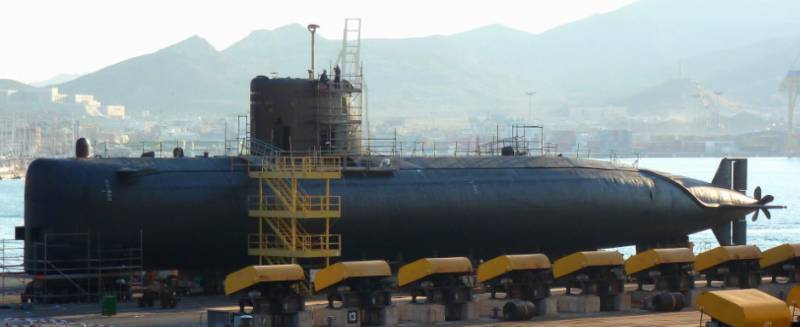
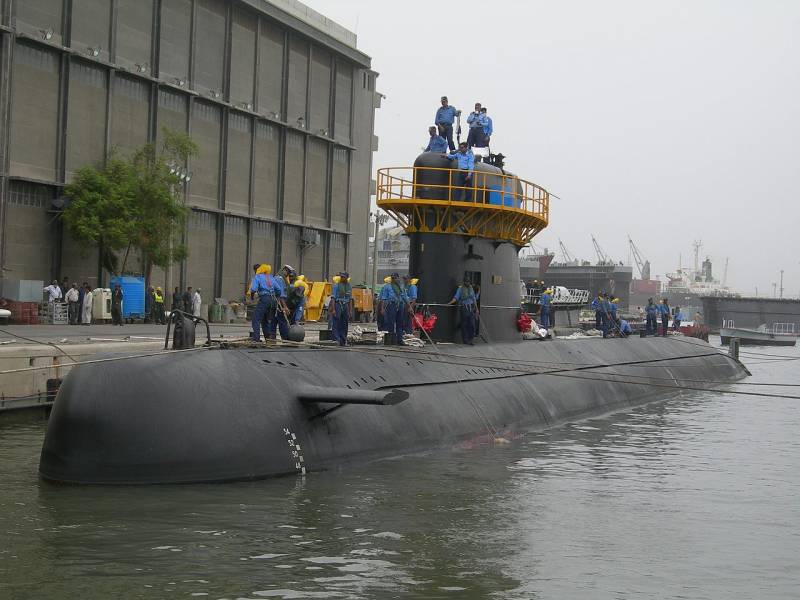
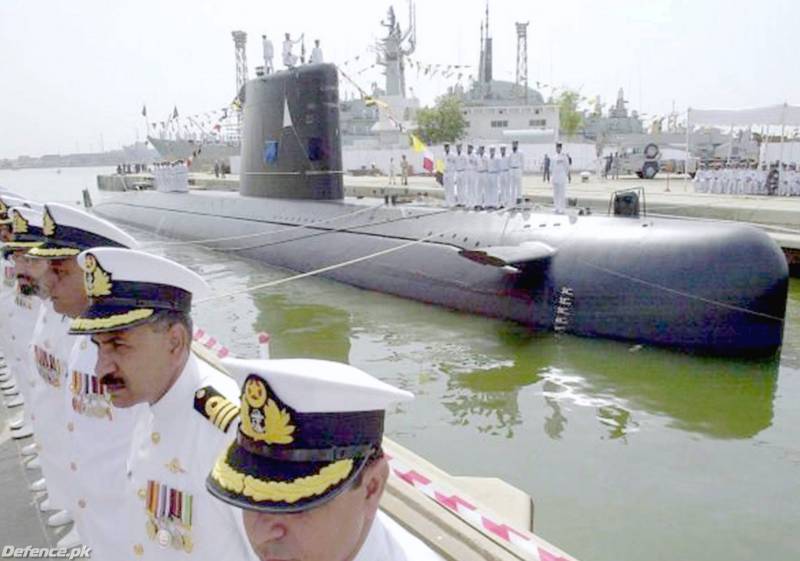
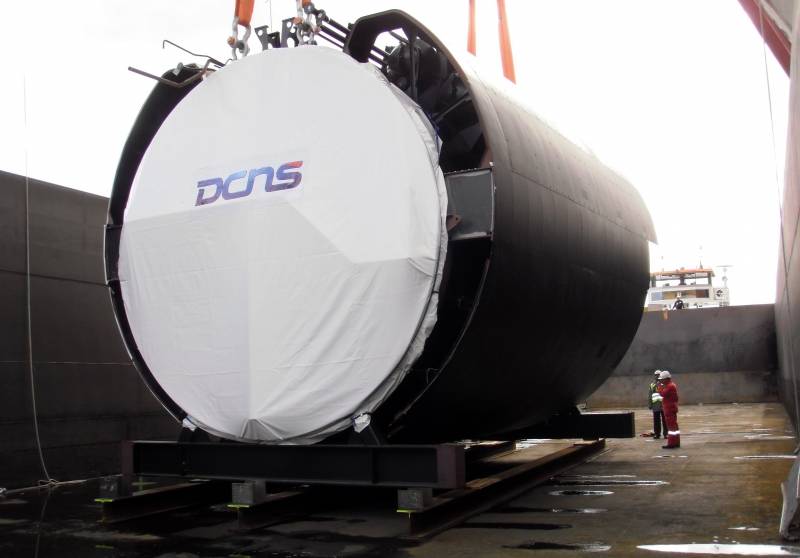
Information